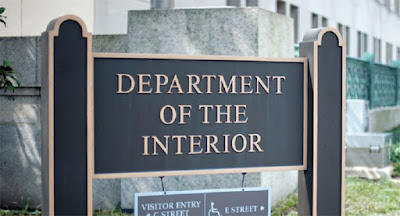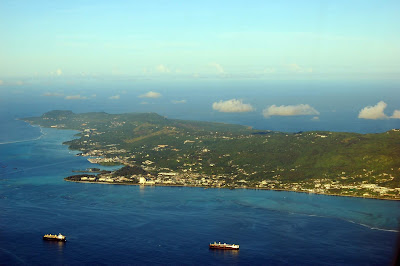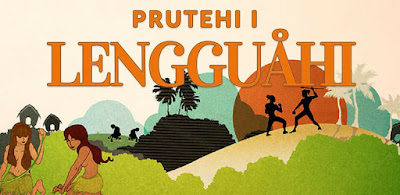Lemmai Sustainability

For Immediate Release October 7, 2020 SENATOR MARSH (TAITANO) CONTINUES HER CRUCIAL CONVERSATION SERIES, BREADFRUIT AS A MEANS FOR FOOD SUSTAINABILITY AND SECURITY Senator Kelly Marsh (Taitano) authored a bi-partisan supported bill to capitalize on Guam’s lengthy history of reciprocal intraregional relationships which have been part of the region’s traditional approach to surviving and thriving within the Mariana Islands, Southeast Asia, and Micronesia. Her bill would develop a Guam Intraregional Commerce Commission, which will spearhead efforts to strengthen regional resiliency and rebuild and re-envision our economy in the face of the current global pandemic era. With this focus on the need for greater regional economic collaboration in mind, Senator Marsh (Taitano) this Friday continues her Crucial Conversation Series, highlighting ways that we can build more sustainable industries while preserving our environment and culture. This week’s episode will discuss lemmai and dok




